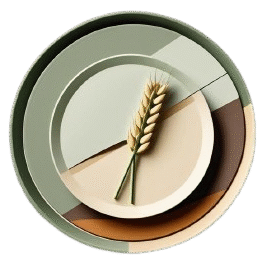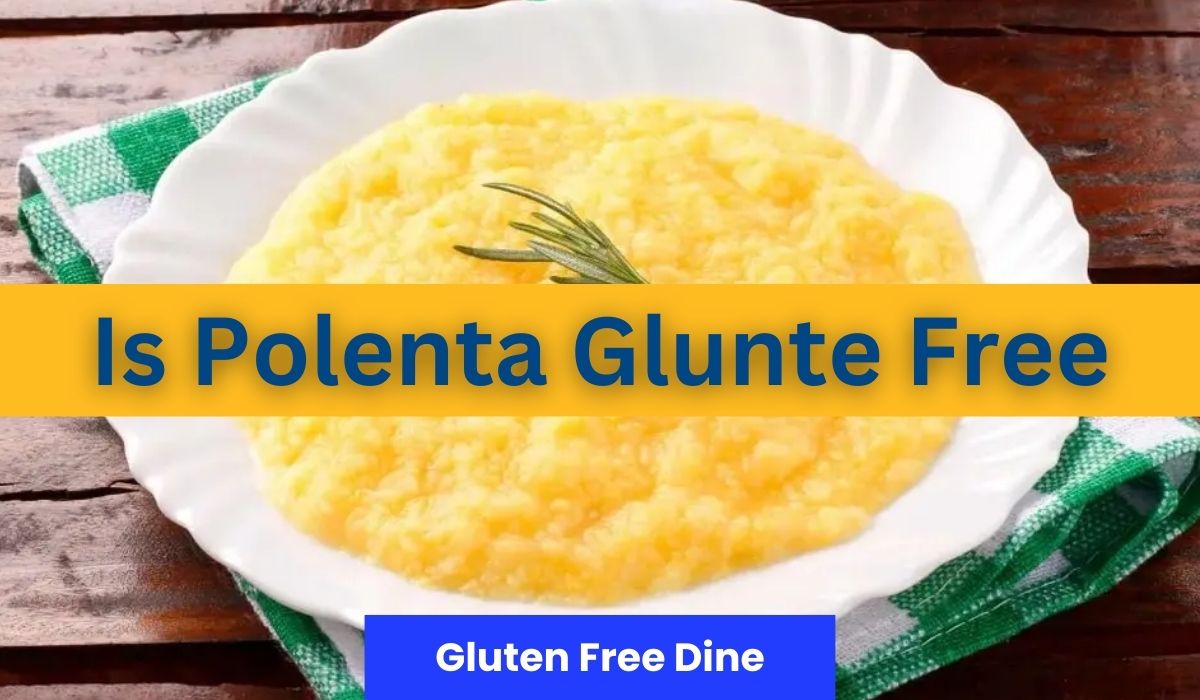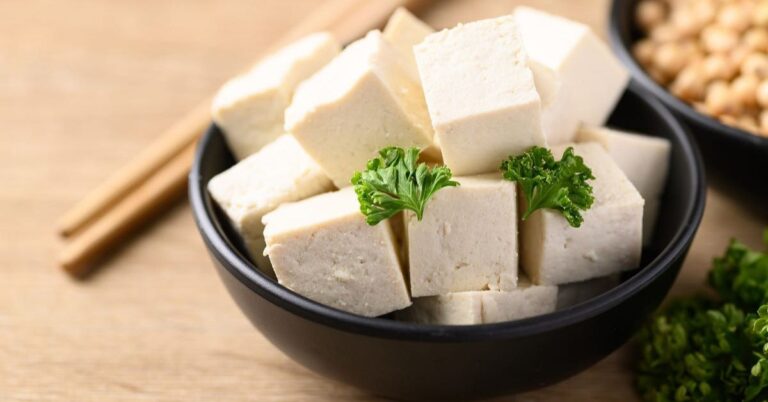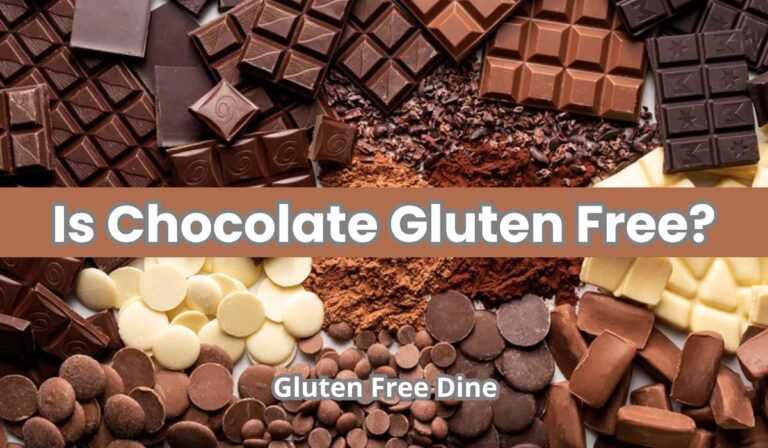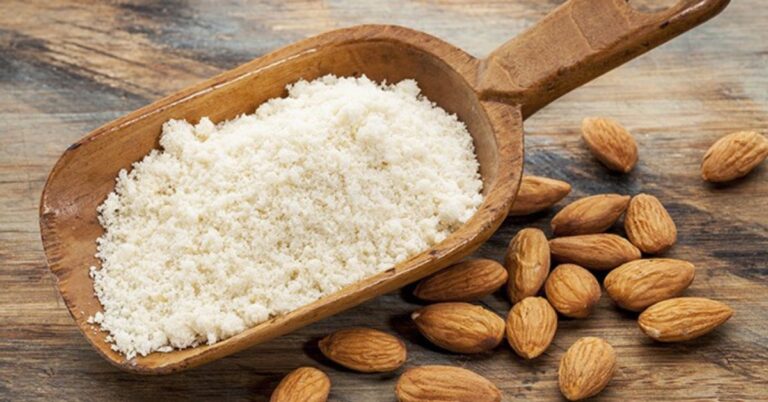Is Polenta Gluten Free? Tips to Avoid Hidden Gluten for Celiac
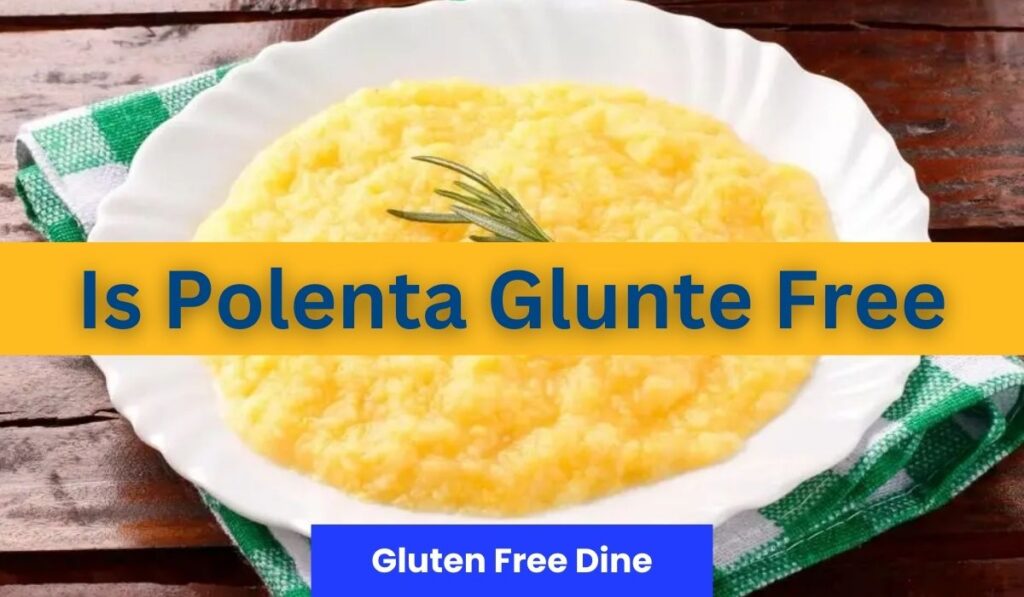
Is Polenta gluten free? The simple and straightforward answer is: Yes, polenta is naturally gluten free.
Polenta is made from water and cornmeal. Since these ingredients do not contain any gluten, thus there is no natural source of gluten in polenta.
However, there is always a risk of cross contamination if the cornmeal is processed in machinery that also handles gluten containing products.
Gluten containing ingredients may also be used to enhance the flavor of the final dish. So it’s always important to check the labels or the ingredients list if you are buying pre packaged polenta to ensure that it doesn’t contain gluten containing grains.
This article will cover all the important information about polenta so you are fully aware before eating it.
Polenta: A Versatile Italian Dish
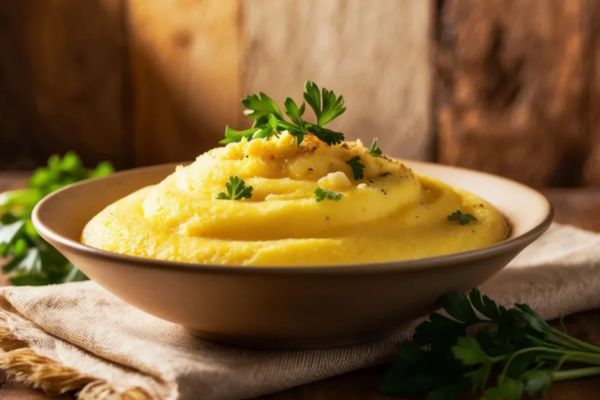
Polenta is a traditional Italian dish made from boiled cornmeal. It can be served in several ways. When cooked, it has a creamy texture similar to porridge and can be enjoyed as a single dish. It is also used as a base for toppings and even fried or baked into crispy slices that are very tasty.
Polenta is usually favored with cheese, herb, or butter and tastes good when eaten with vegetables, meat, or sauce.
It’s a traditional Italian dish but is now becoming popular in many parts of the world due to its simplicity and ability to be paired with a wide range of flavors.
Answer: Is Polenta Gluten Free?
If you are a celiac patient or have gluten allergies, the main and most important question that will arise in your mind will be: Is polenta gluten free? Well, the answer to this question is yes. In its natural form, polenta is totally gluten-free.
Polenta is made from two simple ingredients: water and cornmeal. Cornmeal is at risk of cross-contamination in its growing, production, processing, and packaging stages. Especially if the cornmeal is processed in machinery that also handles gluten containing grains.
The other traditional ingredient is only water, but modern cooking techniques include different flavors and many other ingredients for appearance, taste, and consistency.
These added ingredients are not gluten free, so you must ask questions from the hotel, family, or friends where you are eating polenta to ensure that it does not contain any gluten containing ingredients.
Another change is that if you’re buying pre packaged polenta, there might be a chance that some gluten containing ingredients must be added, so always carefully check the ingredients list before buying.
If you are buying a pre packaged polenta, always look for certified gluten free polenta.
What are the Different Types of Polenta?
Polenta, like oatmeal, can be found in several varieties. The variety of polenta used depends on what it’s mixed with and how it’s served, ranging from coarse to fine textures.
Here are some of the most common types of polenta that are available in stores:
What Does Polenta Taste Like?
Polenta has a mild, slightly sweet, and corn-like flavor. Its taste is like cornmeal because polenta is made from ground corn.
The taste of polenta can be different depending on how it’s prepared. It can be creamy and smooth, similar to mashed potatoes, or firm and slightly gritty if allowed to set and solidify.
When served plain, polenta has a neutral taste, making it an excellent base for adding other flavors, such as cheese, butter, sauce, or herbs.
Polenta is versatile, so it easily absorbs the flavors of the foods it’s served with, making it a popular side dish in many types of cooking.
Polenta: A Healthy, Nutrient-Rich Food Choice
Some people might think that this flour is greasy and difficult to digest. However, it’s very healthy to eat.
Polenta is a nutritional food that is high in protein, fiber, and complex carbonates. Another benefit is that it has low sodium and fats.
As per USDA, a 100g of Polenta cooked in water provides these nutritional values;
| Energy | 64 kcal |
| Protein | 1.6 g |
| Total lipid (fat) | 0.4 g |
| Carbohydrate, by difference | 13.6 g |
| Fiber, total dietary | 0.8 g |
| Total Sugars | 0 g |
| Calcium, Ca | 16 mg |
| Iron, Fe | 0.29 mg |
| Sodium, Na | 216 mg |
| Vitamin C, total ascorbic acid | 1 mg |
| Cholesterol | 4 mg |
The following are the key nutritional benefits of Polenta;
Gluten free Polenta recipes
Here is the list of gluten-free polenta recipes that you can enjoy:
Bottom Line
Polenta in its natural form is completely gluten free and you can enjoy it without any worries.
But always keep in mind that some ingredients other than water and cornmeal can be added to enhance the flavor. So always confirm that any other gluten-containing ingredients are not added to the dish where you eat it.
The risk of cross-contamination is also present, so always try to opt for certified gluten-free polenta if you’re buying it prepacked.
Also Read: Is Cream Cheese Gluten Free?
